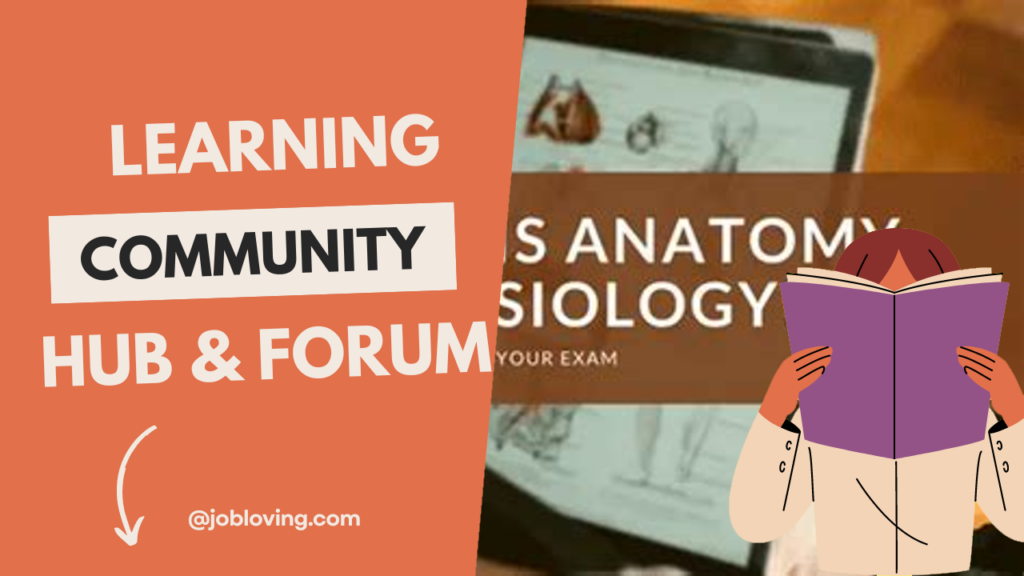Ever wondered why anatomy and physiology feel like climbing Mount Everest without training? You’re not alone! These subjects often intimidate students due to their depth and complexity. Let’s dive into what specifically makes them a challenging, yet fascinating, undertaking.
The Short Answer: Memorization Overload and Language Barrier
Anatomy and physiology require a hefty dose of memorization, graphic representations, and a parade of unfamiliar terminology rooted in Latin and Greek. Understanding your personal learning style will also be essential for tackling this material effectively.
When it comes to anatomy, visualize this: you’re not just memorizing a few bones or muscles; you’re diving into a treasure trove of intricate structures that interconnect in bewildering ways. From the tiny details of cellular structures to the grand layout of the body’s systems, each segment demands that you not only remember names but also understand their functions and relationships to one another. Then we throw in physiology, which explains how those structures work together to keep you alive. It’s like trying to read a novel while simultaneously watching a movie and having a conversation about politics — it’s overwhelming!
But wait, there’s more! A significant aspect of the challenge in these subjects comes from the language. With terms often derived from Latin and Greek, students are expected to navigate a whole new vocabulary, which can feel like learning a new language on top of the content itself. Trust me, “tibialis anterior” doesn’t roll off the tongue like your favorite song. Confusing, right?
To succeed, knowing your personal learning style is crucial. Visual learners might find diagrams and models helpful, while auditory learners may benefit from discussions or lectures. Meanwhile, kinesthetic learners will want to get their hands on physical models or even engage in activities that represent what they’ve learned. Find your groove and make it work for you!
In conclusion, while anatomy and physiology can be daunting due to the extensive memorization, complex diagrams, and the challenge of a foreign vocabulary, understanding your approach to studying can help ease the long, winding road of learning. Remember, you’re not alone in this! If you’re ever feeling lost, don’t hesitate to reach out and find support!
Want more resources and tips? Join the JobLoving community, where you can explore a wealth of materials and feel empowered to tackle any challenge head-on!
Key takeaways about What makes anatomy and physiology so hard?
Complexity of Material
- Anatomy and physiology encompass extensive information, requiring strong memorization skills for successful understanding and application.
- Students often find A&P challenging due to the volume of material and complex terminologies involved.
- The sheer volume of information in anatomy and physiology can feel overwhelming for many students.
- Complex terminology in anatomy creates barriers for students unfamiliar with specialized medical language and jargon.
- Learning Latin or Greek origins of terms is essential for navigating the complex vocabulary in A&P.
- Mastering anatomy requires learning multiple translations for terms, complicating the memorization process significantly.
- Mistakes in anatomical terminology often occur due to similar names, complicating the learning experience.
- Understanding surgical landmarks is vital, complicating the learning process for aspiring medical professionals.
- Integration of anatomical structures and their functions is crucial but can be a challenging endeavor.
- The interconnectedness of body systems necessitates a holistic approach to learning anatomy and physiology.
Study Strategies and Learning Approaches
- A&P courses utilize scaffolding learning, building on previously learned concepts for deeper understanding and retention.
- Effective study strategies for A&P include breaking information into manageable sections for better comprehension and retention.
- Regular self-testing helps identify weak concepts, allowing students to reinforce their understanding and knowledge.
- Collaborating with peers or instructors enhances learning, providing different perspectives and clarification on complex topics.
- Understanding personal learning styles aids in selecting effective study methods, such as flashcards or mnemonic devices.
- Mnemonics and visual aids can enhance understanding and retention of complex anatomical information.
- Active learning strategies, such as group study, can significantly improve comprehension and retention of material.
- Consistent study habits and a strong mindset are essential for mastering the complexities of anatomy.
- A&P’s difficulty can be mitigated through robust study habits, time management, and seeking academic support.
Practical Applications and Challenges
- Practical applications like dissections can intimidate students and require different skills than traditional studying.
- Many students neglect anatomy, focusing instead on physiology, which can lead to foundational gaps.
- Students may experience queasiness or anxiety during dissections, impacting their learning and engagement.
- Engaging with anatomy through practical exercises can make the subject more relatable and easier to grasp.
- Visualizing three-dimensional structures is essential; students often struggle with spatial awareness in anatomy.
- Time commitment for anatomy study is significant, making it hard for students with busy schedules.
- The integration of virtual labs enhances practical understanding, compensating for the lack of physical lab experiences.
Impact on Future Learning and Professional Practice
- Anatomy and physiology form the foundational knowledge for advanced health-related studies, impacting future medical practices.
- A&P courses are critical for nursing students, influencing their ability to provide effective patient care and treatment.
- Combining anatomy with physiology and biochemistry fosters a deeper understanding of the human body systems.
- Anatomy requires critical thinking and problem-solving skills, especially when applying knowledge to clinical scenarios.
- Seeing anatomy as a beautifully designed system can transform the learning experience into a spiritual journey.
- Students should remain resilient when struggling, as mastering A&P requires diverse skills and persistent effort.

